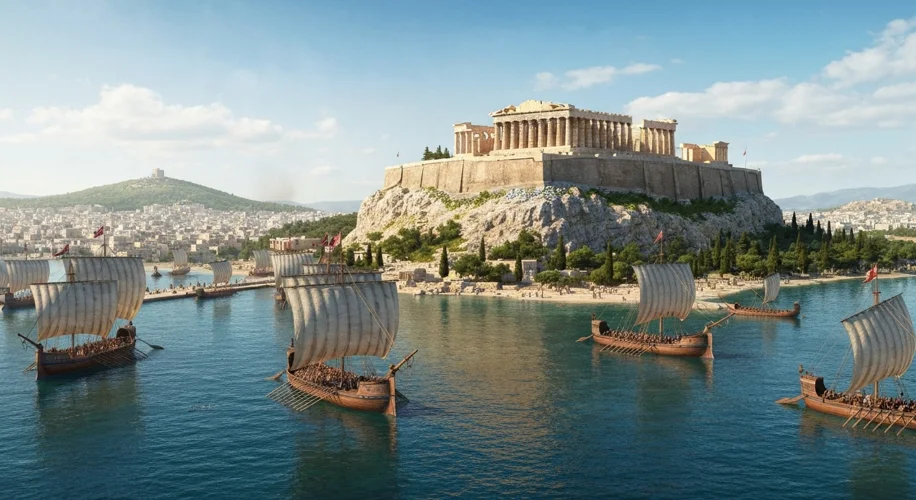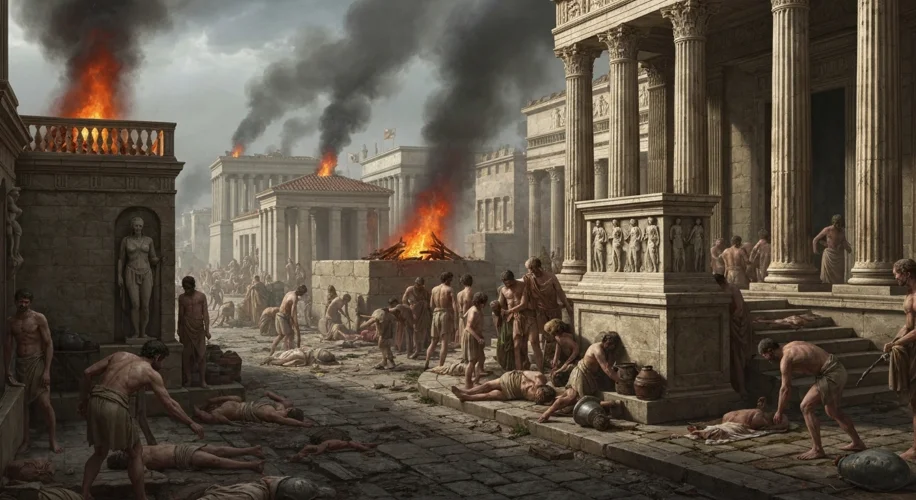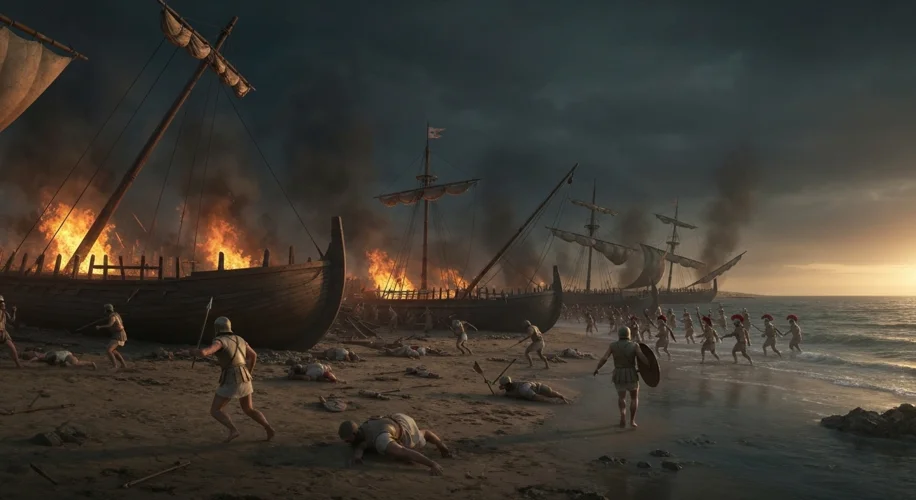Visualize this: Ancient Greece, a vibrant tapestry of city-states, each fiercely proud and independent. Yet, two giants stood taller than the rest, their rivalry simmering for decades, ready to boil over into a conflict that would irrevocably alter the course of Western civilization. This was the stage for the Peloponnesian War, a brutal, protracted struggle between the democratic, naval powerhouse of Athens and the oligarchic, land-based military might of Sparta, a war that raged from 431 to 404 BCE.
The seeds of this titanic clash were sown in the aftermath of the Persian Wars. Athens, having played a pivotal role in repelling the Persian invaders, emerged as a dominant force, leading the Delian League, an alliance of Greek city-states that gradually transformed into an Athenian empire. Athens leveraged its immense naval power and the league’s treasury to fund its burgeoning democracy, its magnificent public works, and its formidable navy. The Parthenon, a breathtaking temple to Athena atop the Acropolis, symbolized Athens’ wealth, confidence, and cultural ascendancy.

Across the Peloponnese, Sparta watched with growing unease. Sparta, a society built on military discipline and austerity, valued order and tradition above all else. Its citizens, the Spartiates, were a warrior class, their lives dedicated to training and service. Sparta led the Peloponnesian League, a rival alliance of city-states bound by mutual defense pacts. For Sparta and its allies, Athens’ expansionism, its imperial ambitions, and its democratic ideals represented a dangerous threat to the established order of the Greek world.
The key actors in this drama were men whose names still echo through history. Pericles, the charismatic statesman and general of Athens, was the architect of its imperial policy. His vision was an Athens that commanded the seas and projected its influence across the Aegean. On the Spartan side, figures like King Archidamus II initially advocated for caution, understanding the immense cost of war with Athens, but the prevailing sentiment among the Spartan elite, fueled by fear and resentment, leaned towards confrontation.
The immediate spark that ignited the conflict came from disputes involving Athenian allies and Spartan allies. When Corcyra, a colony of Corinth (a key Spartan ally), sought Athenian aid against Corinth, Athens intervened, setting off a chain reaction. Further provocations, such as Athens imposing trade sanctions on Megara, a neighbor allied with Sparta, pushed the situation to the brink.
The war itself unfolded in phases. The first phase, known as the Archidamian War (431-421 BCE), saw Sparta repeatedly invade Attica, the territory surrounding Athens. The Spartan strategy was to devastate the Athenian countryside, hoping to starve Athens into submission. However, Athens, under Pericles’ strategy, relied on its formidable navy and its long walls connecting the city to its port at Piraeus. The Athenian population retreated within these walls, while their navy raided the coasts of the Peloponnese.
This strategy, however, proved to be a double-edged sword. In 430 BCE, a devastating plague, likely smallpox, broke out in the crowded conditions of Athens. The disease swept through the city, killing a significant portion of the population, including Pericles himself in 429 BCE. The loss of Pericles was a profound blow to Athenian leadership and morale.

After a period of inconclusive fighting and a fragile peace treaty (the Peace of Nicias), the war reignited. The second phase saw a more aggressive Athenian strategy, culminating in the disastrous Sicilian Expedition (415-413 BCE), a grand but ill-fated attempt to conquer Syracuse in Sicily. This ambitious venture ended in a catastrophic defeat for Athens, with its entire invasion force annihilated. The loss of so many men and ships severely crippled Athens’ naval supremacy.

The final phase of the war, the Decelean War, saw Sparta, with crucial financial aid from its new ally Persia, build a powerful navy of its own. Under the brilliant Spartan admiral Lysander, Sparta began to challenge Athenian naval dominance. In 405 BCE, Lysander decisively defeated the Athenian fleet at the Battle of Aegospotami, effectively cutting off Athens’ grain supply.
Starved and isolated, Athens surrendered in 404 BCE. The terms of surrender were harsh: Athens’ long walls were dismantled, its navy surrendered, and its empire dissolved. Sparta, though victorious, had emerged from the war profoundly weakened, as had the rest of Greece. The constant warfare, the loss of manpower, and the economic devastation left the city-states vulnerable and fractured.
The Peloponnesian War was more than just a military conflict; it was a clash of ideologies and a testament to the destructive nature of unchecked ambition and prolonged enmity. Thucydides, the Athenian historian who chronicled the war, famously observed that the war was “the greatest war ever known, and indeed the most famous in all antiquity.” He meticulously analyzed the human causes of the war, emphasizing fear, honor, and self-interest as driving forces.
The war reshaped the political landscape of Greece, ending Athens’ golden age and ushering in a period of Spartan hegemony, which itself proved short-lived. The constant infighting and exhaustion left the Greek city-states weakened, paving the way for the rise of Macedon under Philip II and his son Alexander the Great. The Peloponnesian War stands as a somber reminder of how even the most brilliant civilizations can be brought low by internal conflict, a cautionary tale etched in the very foundations of Western history.

